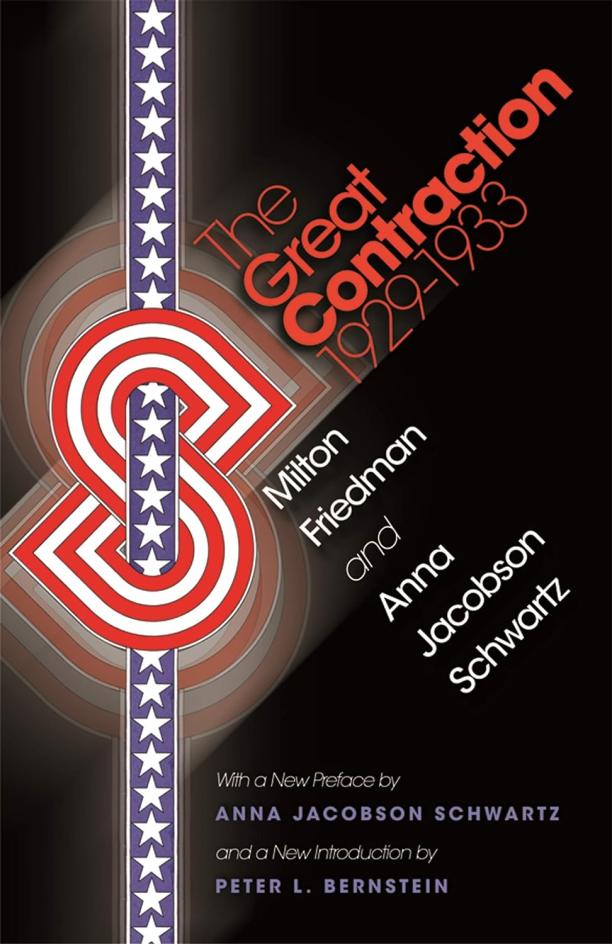Summary:
The book presents a detailed analysis of the causes and consequences of the Great Depression, focusing on the role of monetary policy mistakes made by the Federal Reserve. It argues that these errors led to a severe contraction of the money supply, exacerbating the economic downturn and turning what could have been a mild recession into a prolonged depression.
Key points:
1. Monetary Contraction: Friedman and Schwartz blame the Great Depression mainly on the Federal Reserve shrinking the money supply too much, causing bank failures and worsening the economy.
Books similar to "The Great Contraction, 1929-1933":
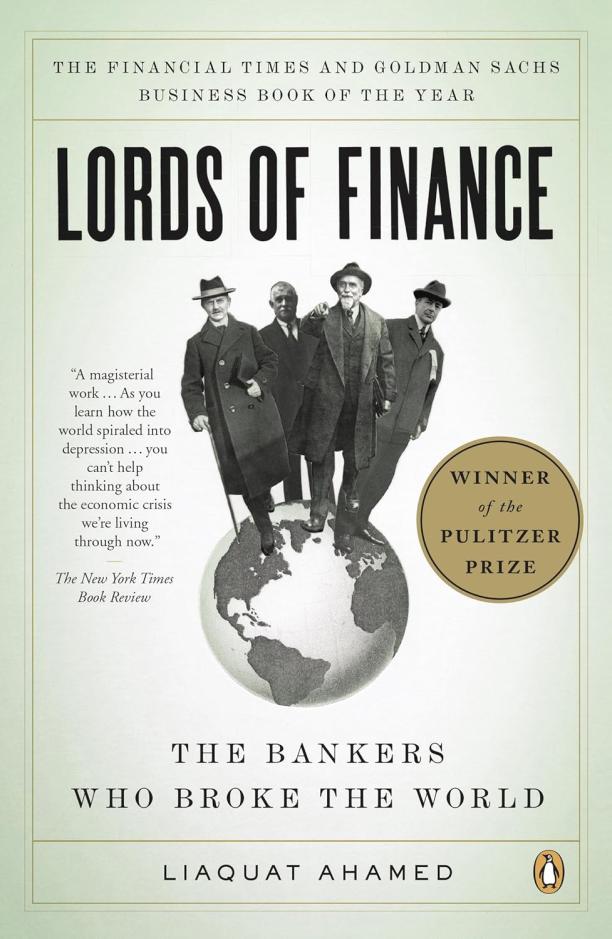
Lords of Finance
Liaquat Ahamed
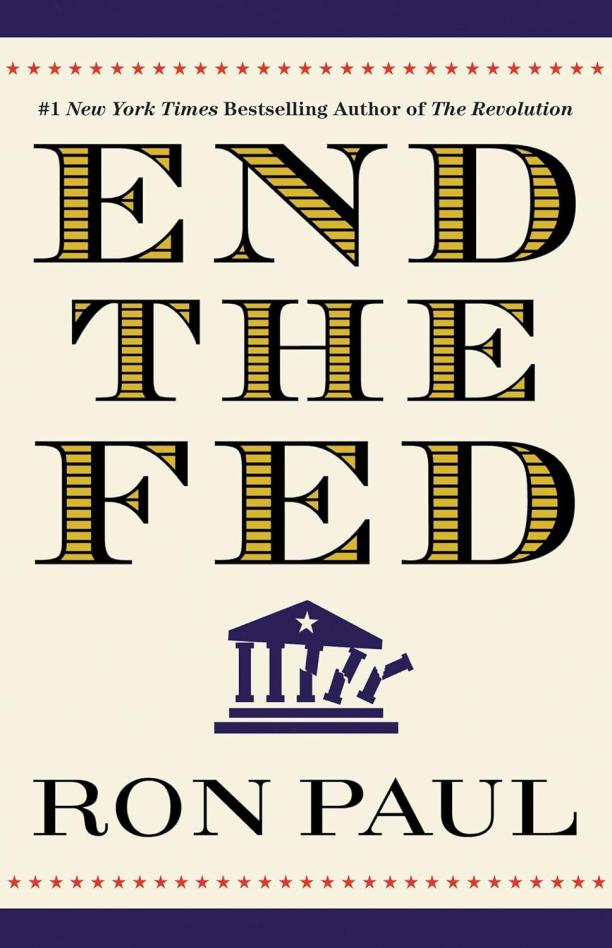
End the Fed
Ron Paul
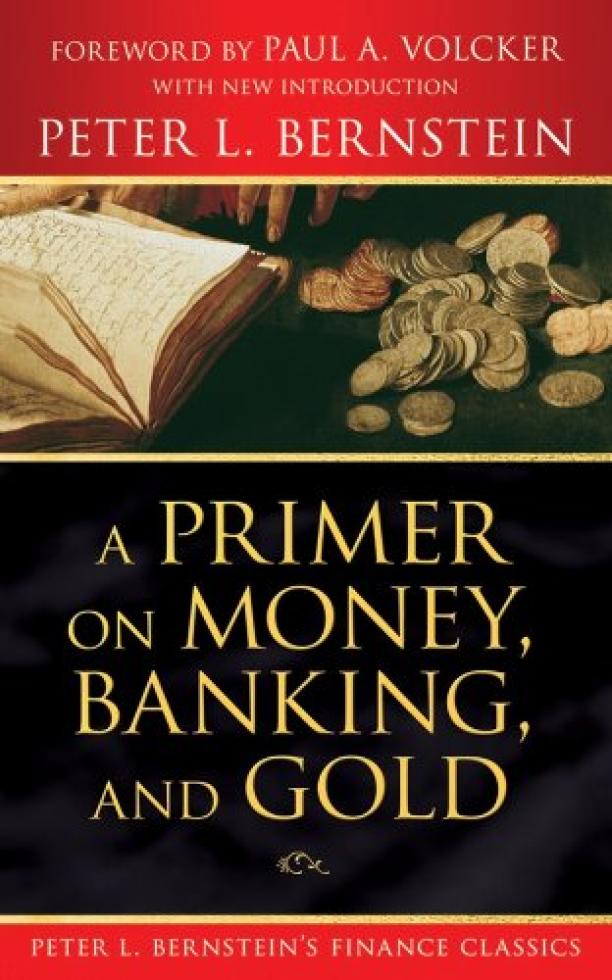
A Primer on Money, Banking, and Gold
Peter L. Bernstein
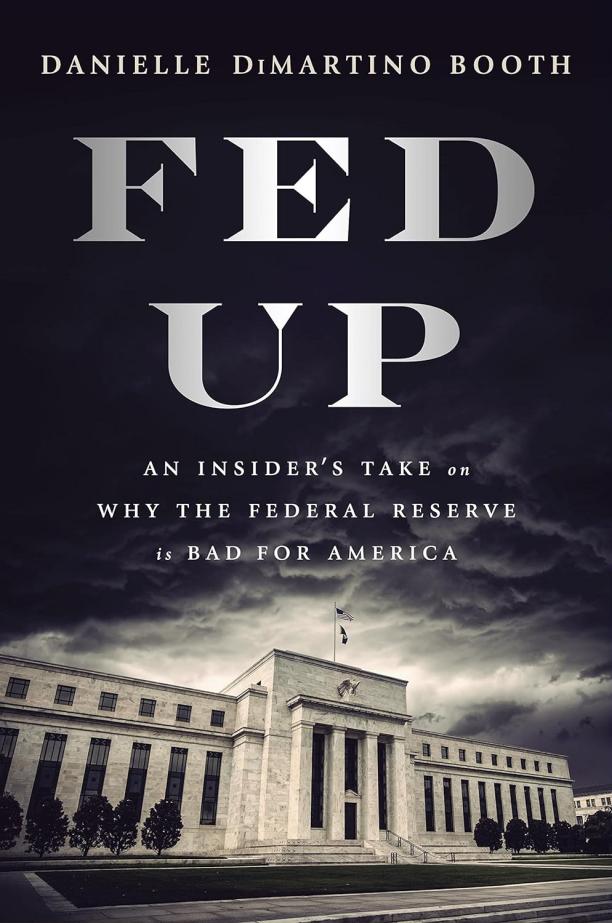
Fed Up
Danielle DiMartino Booth
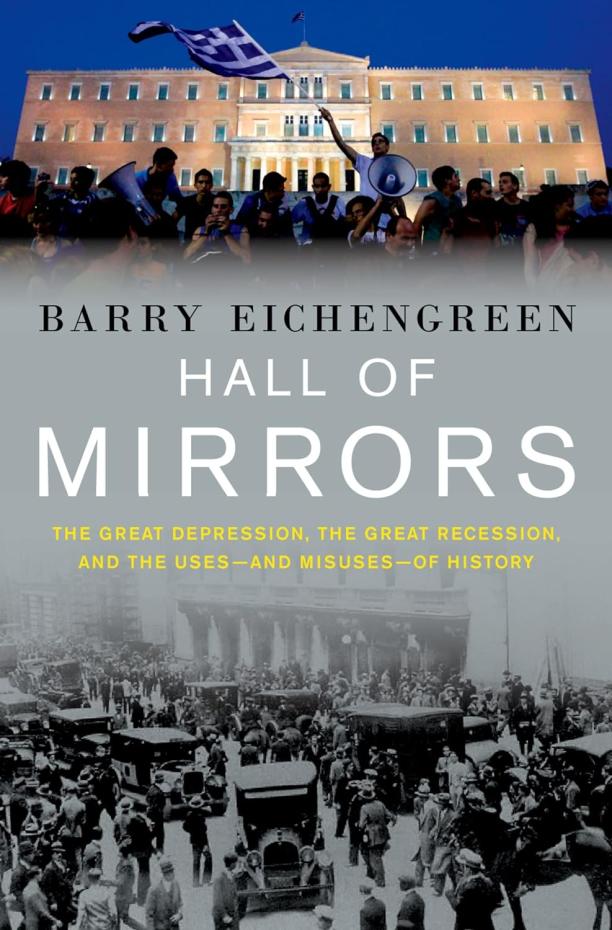
Hall of Mirrors
Barry Eichengreen
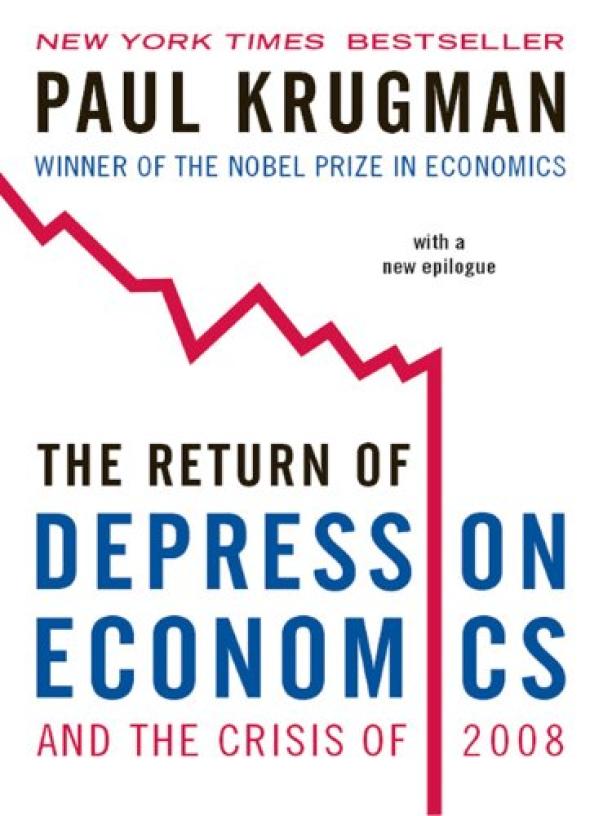
The Return of Depression Economics and the Crisis of 2008
Paul Krugman
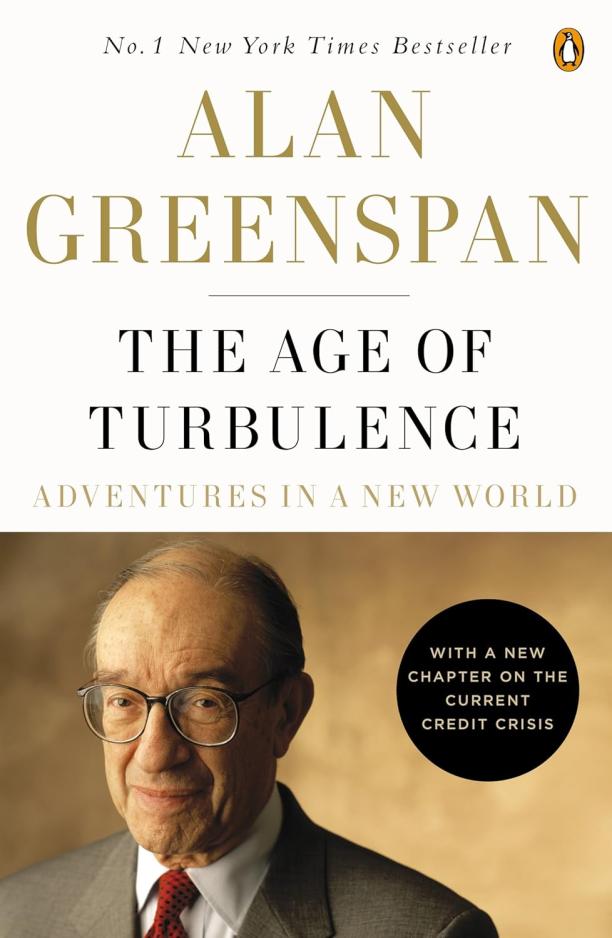
The Age of Turbulence
Alan Greenspan
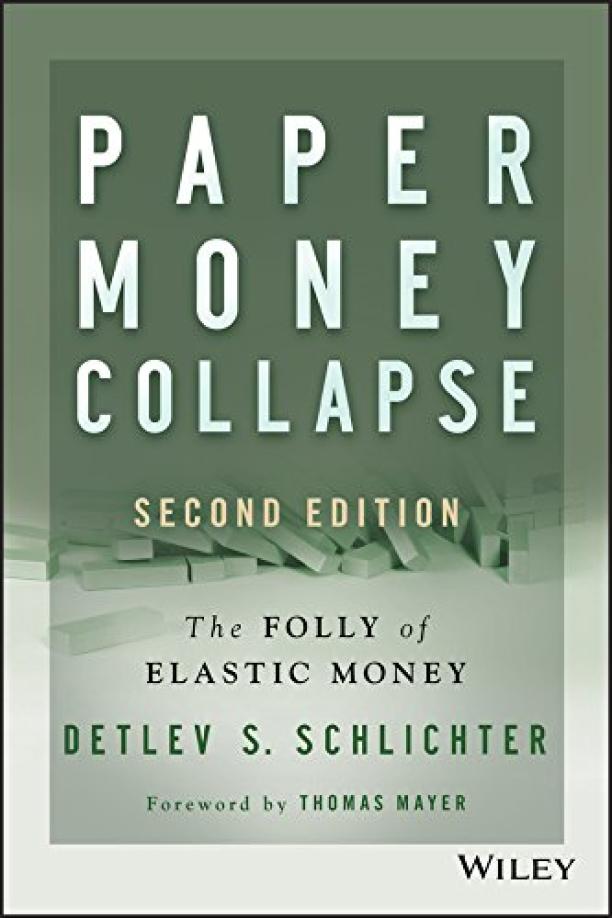
Paper Money Collapse
Detlev S. Schlichter
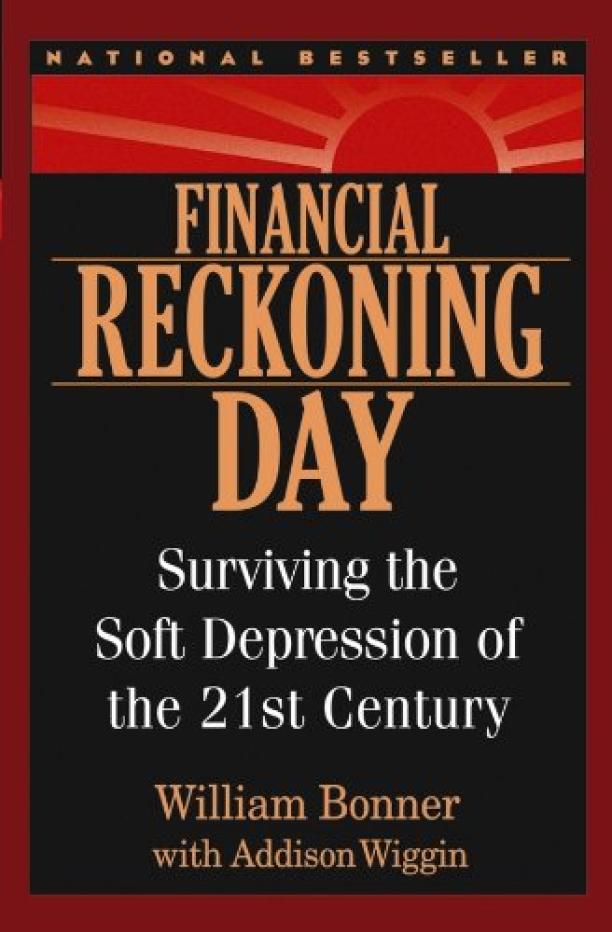
Financial Reckoning Day
William Bonner|Addison Wiggin
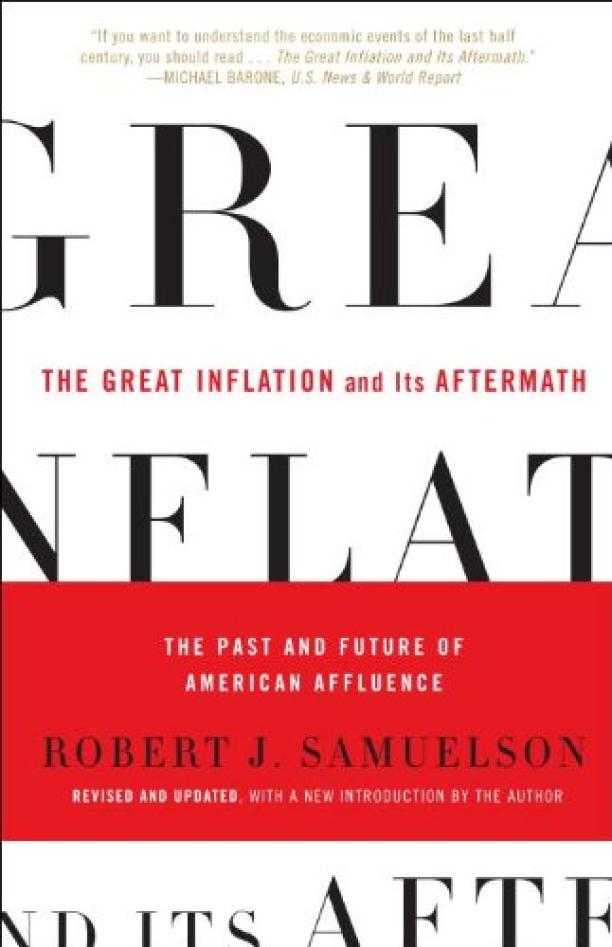
The Great Inflation and Its Aftermath
Robert J. Samuelson
